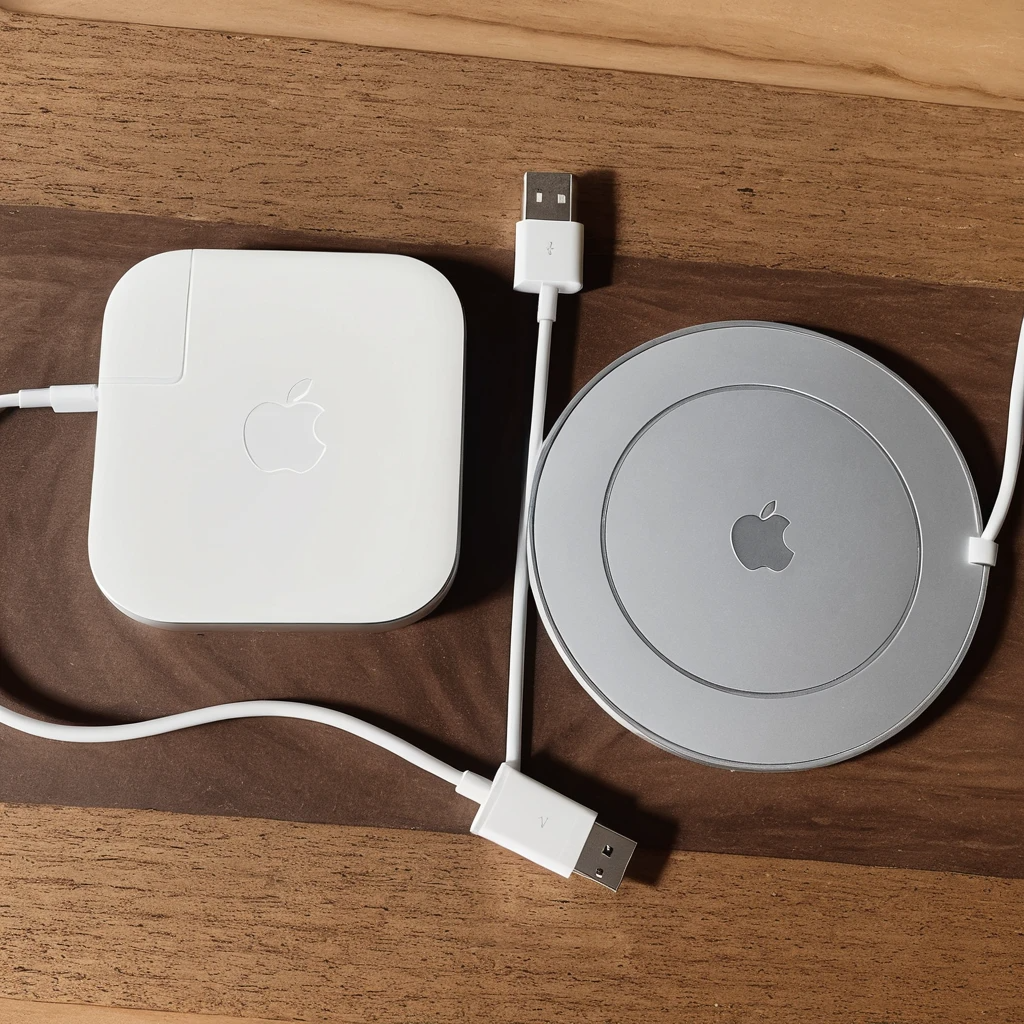MagSafe vs. Qi charging—what’s the difference? Learn how these wireless charging technologies compare in speed, efficiency, compatibility, and cost to find the best option for your device.
✨ Introduction
Have you ever placed your phone on a wireless charger, only to wake up and find it barely charged? Yeah, we’ve all been there! Wireless charging is super convenient, but not all chargers work the same way.
Apple’s MagSafe and the Qi wireless standard are two of the most popular charging methods today. But what exactly sets them apart? Is MagSafe really faster than Qi? And which one should you choose?
Let’s break it all down, from charging speeds to battery health impact, in this in-depth guide.
💪 What is Qi Wireless Charging?
Qi (pronounced “chee”) is the universal standard for wireless charging, developed by the Wireless Power Consortium (WPC). It’s used by most smartphones, including:
- Samsung Galaxy series
- Google Pixel phones
- Older iPhones (iPhone 8 to 11)
- Wireless earbuds like AirPods and Galaxy Buds
🔋 How Qi Charging Works
Qi charging works through electromagnetic induction, where a charging coil inside your phone absorbs energy from a charging pad. The problem? If your phone isn’t perfectly aligned, charging speed drops significantly.
✅ Pros of Qi Charging
- Universal compatibility (works with Android & iPhone)
- Affordable chargers available ($10 – $40)
- Works with wireless earbuds
❌ Cons of Qi Charging
- Slower charging speeds (5W – 15W max)
- Misalignment reduces efficiency
- Heat buildup can affect battery health
🌟 What is MagSafe Charging?
MagSafe is Apple’s proprietary wireless charging technology, launched with the iPhone 12 series. It uses built-in magnets to align your phone perfectly with the charger, reducing energy loss and overheating.
⚡ MagSafe Charging Speed
- Up to 15W with official Apple MagSafe chargers
- 7.5W max with third-party Qi chargers
- Works with MagSafe accessories (wallets, car mounts, stands)
✅ Pros of MagSafe Charging
- Faster wireless charging (15W vs. Qi’s 7.5W on iPhones)
- Stronger alignment prevents overheating
- Works with MagSafe accessories
❌ Cons of MagSafe Charging
- More expensive ($30 – $60+ per charger)
- Limited to iPhones (Androids don’t support MagSafe fully)
- Requires official MagSafe charger for full speed
🔄 MagSafe vs. Qi: Side-by-Side Comparison
Here’s a quick look at how these two technologies stack up:
| Feature 📈 | MagSafe | Qi Charging |
|---|---|---|
| Charging Speed | Up to 15W | 5W – 10W (iPhone: 7.5W) |
| Device Compatibility | iPhone 12 and newer | iPhone 8+, Android, earbuds |
| Alignment | Magnetic (perfect positioning) | Manual placement (misalignment risk) |
| Heat Management | Less heat due to precise alignment | More heat due to energy loss |
| Accessory Support | Works with MagSafe wallets, stands | Limited to charging only |
| Price | $30-$60+ | $10-$40 |
Winner? 🏆 If you have an iPhone 12 or newer, MagSafe is the better option for fast, efficient charging. If you use multiple devices, Qi is more versatile and budget-friendly.
🎉 Charging Speed: Which One is Faster?
Speed is one of the biggest differences between MagSafe and Qi charging. Let’s break it down:
| Device | MagSafe Speed | Qi Speed |
| iPhone 14 Pro | 15W | 7.5W |
| Samsung Galaxy S23 | ❌ Not supported | 10W – 15W |
| AirPods Pro | 5W | 5W |
Key Takeaway: MagSafe is twice as fast as Qi charging on iPhones. But Qi can charge some Android devices at 10-15W speeds.
🤔 Which One is Better for Battery Health?
Heat is the biggest enemy of battery health, and wireless charging generates more heat than wired charging.
- MagSafe’s magnetic alignment prevents heat loss by ensuring proper contact.
- Qi chargers can overheat your phone if it’s misaligned or left charging too long.
- To protect battery life, avoid leaving your phone on a wireless charger overnight.
🥳 Best Use Cases: Which One Should You Choose?
Go with MagSafe if
✅ You have an iPhone 12 or newer ✅ You want faster and more efficient charging ✅ You use MagSafe accessories (car mounts, wallets, etc.)
Stick with Qi if
✅ You have multiple devices (iPhone + Android) ✅ You want a cheaper, more universal option ✅ You don’t mind slightly slower charging speeds
📊 Conclusion: The Final Verdict
So, MagSafe vs. Qi charging – which one is better?
- If you’re an iPhone user, MagSafe is the clear winner with faster speeds and better alignment.
- If you want universal compatibility and lower cost, Qi charging is more versatile.
👉 Pro Tip: If you have a MagSafe iPhone but still want affordability, consider a MagSafe-compatible Qi charger, which offers better alignment but at a lower price.
Which one do you prefer? 💡 Drop your thoughts in the comments!




